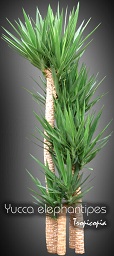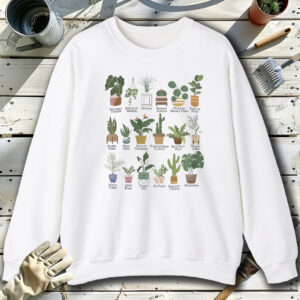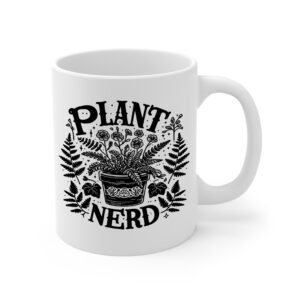Table of contents
Spineless yucca

Latin Name: Yucca elephantipes
Category: Dracaena
Family: Liliaceae
Origin: Mexico
Climate: Subtropical
Growing Zones: 11, 9
Care Instructions
The Spineless yucca (Yucca elephantipes) is a subtropical plant that originates from Mexico. This dracaena plant belongs to the Liliaceae family and is well-suited for growing in USDA zones 11, 9.
Complete Care Guide for Spineless Yucca (Yucca elephantipes)
Watering Requirements
The Spineless Yucca, or Yucca elephantipes, is a drought-tolerant plant that thrives on minimal watering. It is essential to allow the soil to dry out completely between waterings to prevent root rot. During the growing season, which typically spans from spring to early fall, water the plant every 2-3 weeks. In the winter months, reduce watering to once a month or even less, as the plant enters a dormant phase. Always check the top inch of the soil; if it feels dry, it’s time to water. When watering, ensure that the water drains well and does not pool at the bottom of the pot.
Light Conditions
Yucca elephantipes prefers bright, indirect light but can also tolerate full sun. Ideally, place your Spineless Yucca near a window where it can receive plenty of light without being exposed to harsh, direct sunlight for prolonged periods, which can scorch its leaves. If grown indoors, a south or west-facing window is ideal. If you notice the leaves stretching or becoming leggy, it may be a sign that the plant is not receiving enough light. Conversely, if the leaves start to turn yellow, it may be getting too much direct sunlight.
Soil Preferences
The Spineless Yucca thrives in well-draining soil that mimics its native arid environment. A cactus or succulent potting mix is ideal, as it allows for proper drainage and aeration. If you prefer to create your own mix, combine equal parts of potting soil, sand, and perlite or pumice. This combination will ensure that excess moisture does not accumulate around the roots. Fertilization is not necessary for this plant, but if you choose to fertilize, use a balanced, diluted liquid fertilizer during the growing season every 4-6 weeks to promote healthy growth.
Pests and Diseases
While the Spineless Yucca is relatively pest-resistant, it can occasionally be affected by common houseplant pests such as spider mites, mealybugs, and scale. Regularly inspect the leaves for any signs of infestation, such as webbing or sticky residue. If you notice pests, treat the plant with insecticidal soap or neem oil, ensuring to cover all surfaces of the leaves. Additionally, overwatering can lead to root rot, a common disease in Yucca plants. To prevent this, always ensure proper drainage and avoid letting the plant sit in water.
Special Care Tips
To maintain the health and beauty of your Spineless Yucca, consider the following special care tips: First, rotate the plant occasionally to ensure even growth and prevent it from leaning towards the light source. Second, dust the leaves regularly with a damp cloth to keep them clean and allow for optimal photosynthesis. If your Yucca becomes too tall or leggy, you can prune it back to encourage bushier growth. Lastly, be cautious of cold temperatures; while Yucca elephantipes can tolerate a range of conditions, it is best kept in temperatures above 50°F (10°C) to avoid stress. With these care tips, your Spineless Yucca will thrive and add a touch of elegance to your indoor or outdoor space.








